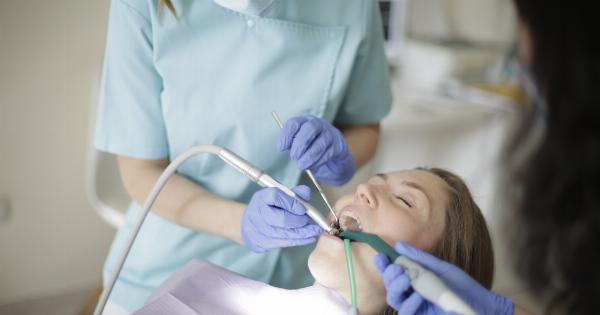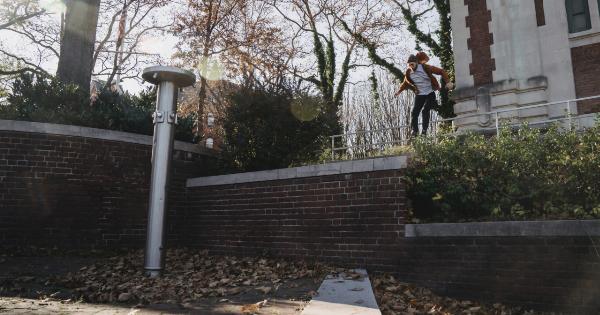Thoracic aneurysm refers to a bulge in the aorta, the artery that carries blood from the heart to the rest of the body. This condition requires prompt medical attention since it can be life-threatening.
Intravascular surgery has emerged as an effective treatment option for thoracic aneurysm. In this article, we will discuss the importance of mastering intravascular surgery for success in treating thoracic aneurysm.
Understanding Thoracic Aneurysm
The aorta, which extends from the heart to the abdomen, has three sections: the ascending aorta, the aortic arch, and the descending aorta. Thoracic aneurysm usually occurs in the area of the aorta that is located in the chest or the abdominal area.
The aneurysm that develops in the thoracic area of the aorta is referred to as thoracic aortic aneurysm. These aneurysms can cause severe complications such as rupture or dissection, which can be fatal.
Symptoms of Thoracic Aneurysm
Thoracic aneurysm may not show any symptoms. However, in some cases, it can cause chest, back, or abdominal pain. Difficulty in breathing and coughing may also be present, especially when the aneurysm is growing rapidly.
Other symptoms may include hoarseness, wheezing, and shortness of breath.
Candidates for Intravascular Surgery
Patients with thoracic aneurysm are potential candidates for intravascular surgery if they are considered to be at high risk of open-chest surgery.
The endovascular approach of intravascular surgery involves inserting a catheter into the blood vessel through a small incision, usually into the groin area. The catheter is guided through the blood vessel to the site of the aneurysm. A graft, which is a tube made of synthetic fabric, is then placed over the aneurysm to reinforce the weakened aorta wall.
Types of Intravascular Surgery
There are two types of intravascular surgery. They are:.
- Endovascular stent-graft repair
- Thoracic endovascular aortic repair (TEVAR)
In endovascular stent-graft repair, a stent-graft is inserted into the aneurysm to reinforce the weakened aorta wall, while in TEVAR, the stent-graft is placed in the aortic arch, which is the area of the aorta that bends and curves to send blood to the arms and head.
Benefits of Intravascular Surgery
Intravascular surgery involves less risk compared to traditional open-chest surgery. This surgery is minimally invasive, which means it requires only a small incision, thus reducing the risk of infection and other complications.
Patients have a shorter hospital stay, less scarring, less blood loss, and faster overall recovery times with intravascular surgery.
How to Master Intravascular Surgery for Thoracic Aneurysm Treatment Success
Below are some important steps on how to master Intravascular surgery for thoracic aneurysm treatment success.
Attend Medical Conferences
Medical conferences provide an excellent opportunity for surgeons to learn new techniques and stay up-to-date with the latest trends in intravascular surgery.
Attending such conferences allows surgeons to interact with other experts in the field and share best practices for treating thoracic aneurysm using intravascular surgery.
Use of Advanced Medical Technologies
Using advanced medical technologies is critical in mastering intravascular surgery. Such technologies help enhance accuracy and precision when performing intravascular surgery.
Surgeons must be familiar with the use of different advanced medical technologies such as robotics, 3D imaging, and real-time imaging, among others.
Continuing Education
Continuing education is essential in mastering intravascular surgery. Healthcare professionals must remain updated with the latest techniques and technologies in intravascular surgery.
They should engage in continuous education to keep their knowledge and skills current.
Collaboration with Other Healthcare Professionals
Collaboration with other healthcare professionals is critical in the success of intravascular surgery for thoracic aneurysm.
Surgeons should work in collaboration with other healthcare professionals such as anesthesiologists, cardiologists, and nurses to ensure that patients receive comprehensive and high-quality care before, during, and after surgery.
Attention to Patient Safety
Surgeons must be attentive to patient safety during intravascular surgery for thoracic aneurysm. They should take the necessary precautions to ensure that patients are not exposed to unnecessary risks.
Anesthesiologists should monitor the patient’s condition throughout the surgery to prevent complications such as blood clots and infections.
Conclusion
Thoracic aortic aneurysm is a life-threatening condition that requires prompt medical attention. Intravascular surgery has emerged as an effective and minimally invasive treatment option for thoracic aneurysm.
Mastering intravascular surgery requires continuous education, the use of advanced medical technologies, collaboration with other healthcare professionals, and a commitment to patient safety. By following these steps, surgeons can significantly improve the success rates of intravascular surgery for thoracic aneurysm treatment.






























